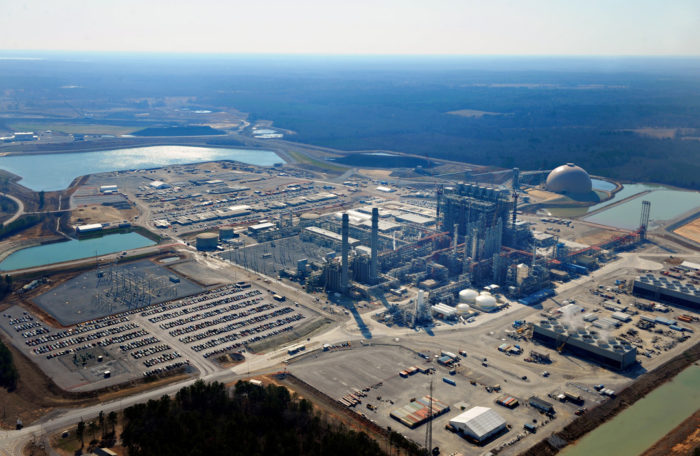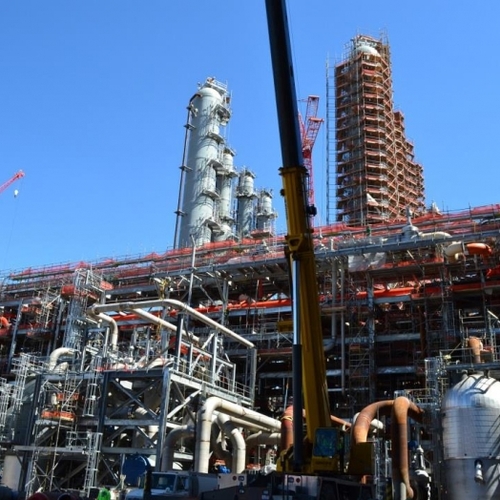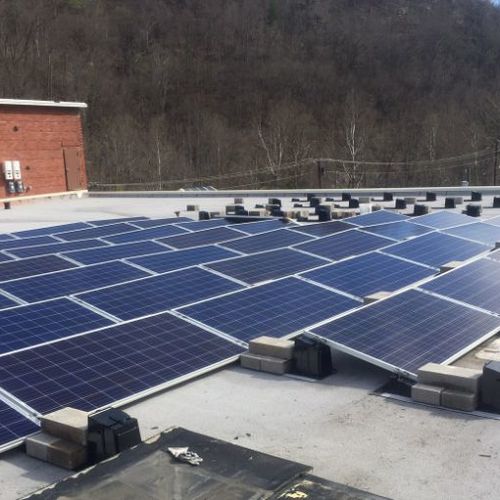
Image Credit: Watchdog.org
There were high hopes for the Kemper Project, but after six years of construction, the breakthrough project designed to prove that coal could be used to produce clean electricity is looking more like a debacle than a success story.
The plant is still being built in De Kalb, Mississippi, a rural community on the state’s eastern border, and spending has ballooned from original estimates of $2.4 billion to more than $6.4 billion. It should have been finished two years ago, but may not be fully operational until next year.
Kemper was designed to capture much of the carbon dioxide a conventional coal-burning power plant would send into the atmosphere. That would have represented a potential turning point for the troubled coal industry, while providing thousands of jobs and helping the government meet its goals for limiting climate change. Kemper would have been a template for “clean coal” plants of the future.
Its owner, the Southern Company, has taken in hundreds of millions of dollars in federal subsidies, and benefited from a state law passed in 2008 assigning much of the cost of building new power plants to ratepayers even before they are built. That hasn’t been enough to avoid claims of shoddy work, safety violations, and now, according to The New York Times, charges that it has intentionally misrepresented facts about the project.
Whistleblower accuses owner of fraud
Kemper’s troubles haven’t exactly been a secret. A non-profit news organization, Watchdog, has been writing about Kemper for years, and in February reported that a former Southern Company engineer named Brett Wingo claimed the company had lied to regulators about the construction project in an effort to keep $234 million in federal tax credits.
It was Wingo’s claims that became the basis of the long New York Times story published earlier this month. The newspaper said that in addition to interviewing Wingo, it talked with dozens of current or former regulators, contractors, engineers and others working on the project and learned Southern had “drastically understated the project’s cost and timetable, and repeatedly tried to conceal problems as they emerged.”
Wingo said he had “reached a personal tipping point” and felt “a duty to act.” His claims were substantiated by at least six senior engineers from the plant who said that widespread problems were due in part to mismanagement or fraud.
Wingo was fired in February, and Southern Company said that his accusations had been investigated and could not be confirmed.
Fixing the problem with coal
Kemper is more than a story about a generating plant missing its construction deadlines. There was a lot riding on its success. President Obama and the Environmental Protection Agency were banking on the project to demonstrate that carbon dioxide from a plant running on coal could successfully be captured and sequestered.
Kemper was designed to run on a type of coal called lignite, which is regionally plentiful. A key part of the plant is a component called a gasifier that turns the relatively cheap local coal into a synthetic gas that can be burned. The carbon dioxide given off by the 582-megawatt plant would be captured, compressed, and piped to oil fields, The Times reported, where it would be pumped underground. (Ironically, that process would help free up oil reserves that would otherwise be inaccessible, so the sequestered carbon dioxide was a means to free up another fossil fuel.)
Although the technology is known to work, cost is a major stumbling block.
The gasifier was key to the process, but it was responsible for most of the delays. Southern started work on the project before it was completely designed. In addition, the price of competing natural gas remained far below what the company had predicted, making a mess of original financial projections.
“The big question with clean coal has always been whether it’s a moonshot or a money pit,” Charles Grayson, the director of the Bigger Pie Forum, which advocates fiscal conservatism in Mississippi, told the newspaper. “The Obama administration and my state made a really bad wager in trying to use Kemper to make the economic argument for this technology.”
Environmentalists have called Kemper the “Solyndra of clean coal,” a reference to the photovoltaic module maker that received generous government subsidies and later went belly up.
At least one expert believes that running Kemper on natural gas ultimately would be cheaper than pursuing current plans, Watchdog reported. Meanwhile, Wingo said in February that he doubted that the plant would be operational before 2017, and that the price tag eventually would reach $7 billion.
Weekly Newsletter
Get building science and energy efficiency advice, plus special offers, in your inbox.














0 Comments
Log in or create an account to post a comment.
Sign up Log in